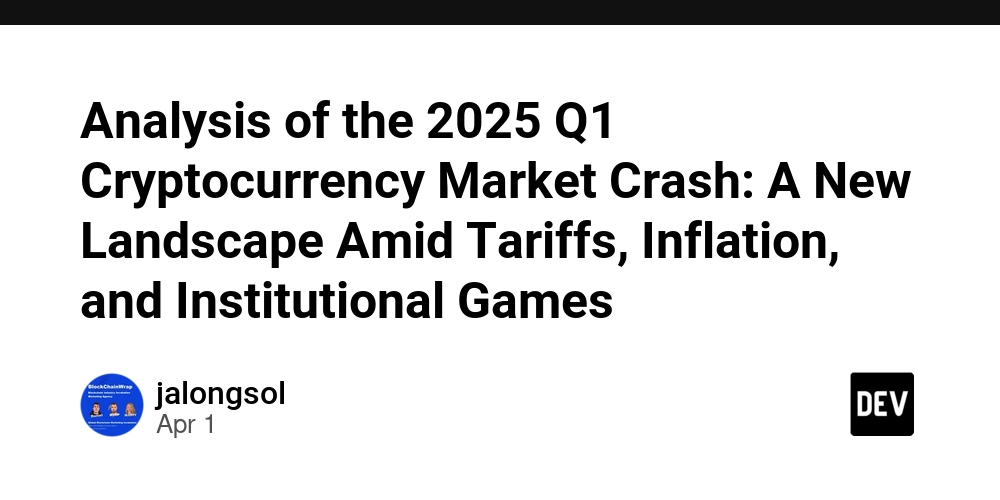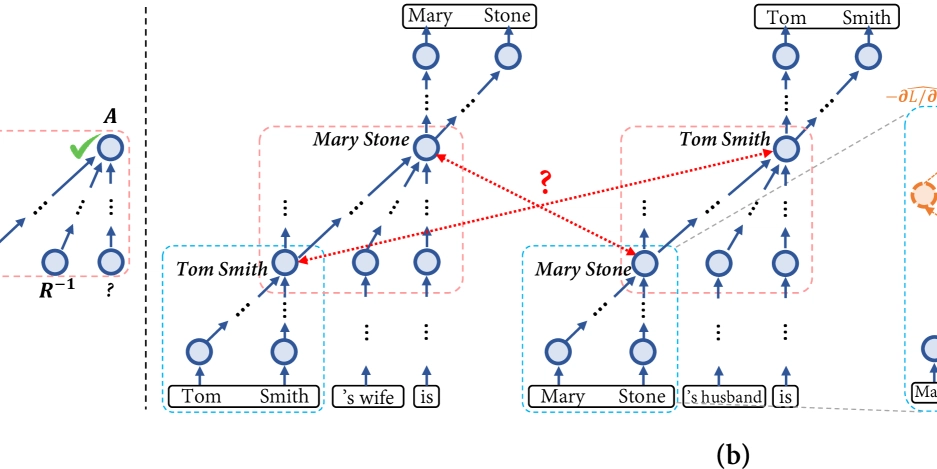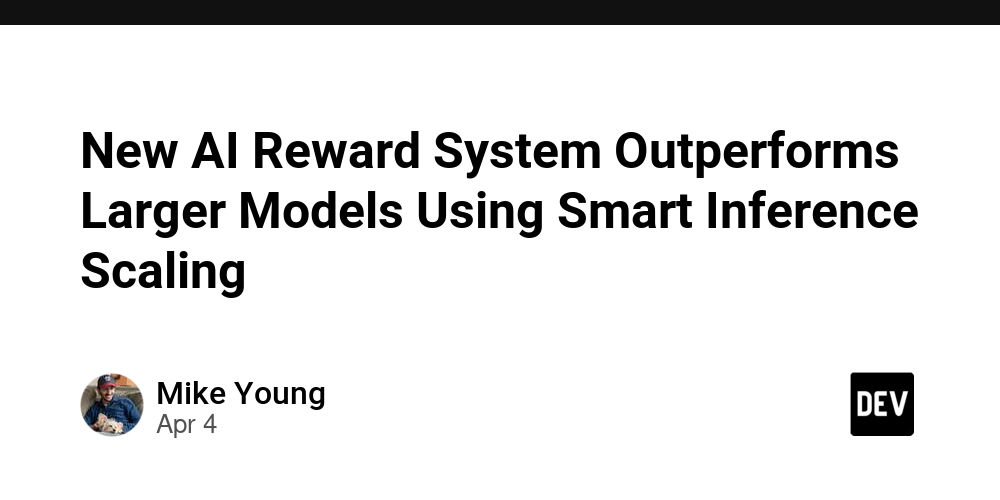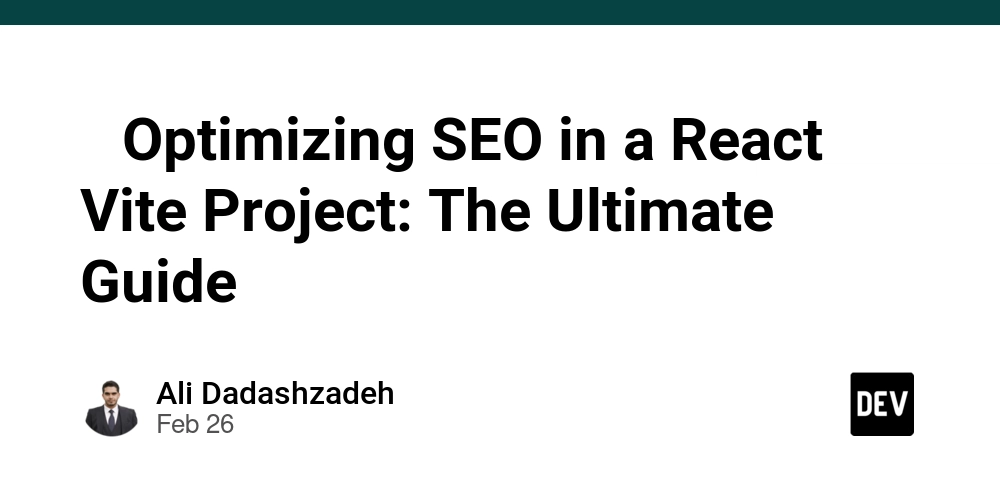Analysis of the 2025 Q1 Cryptocurrency Market Crash: A New Landscape Amid Tariffs, Inflation, and Institutional Games
From "Black Friday" to the Rise of RWA, the Deep Logic Behind Viral News I. Macroeconomic Shock: The Double Stranglehold of Tariffs and Inflation Trump's new tariff policy has caused market panic. The U.S. plans to announce a "reciprocal tariff" policy on April 2, with an average tariff of 15% expected on all trading partners, an increase of 5 percentage points from previous expectations. Goldman Sachs has warned that this move could increase import costs and trigger global retaliatory actions, exacerbating supply chain inflationary pressures. On March 28, during the U.S. stock market "Black Friday," the S&P 500 index plummeted by 1.97%, with tech stocks leading the decline, resulting in a market capitalization loss of $505 billion. The cryptocurrency market also felt the pressure, with Bitcoin dropping from $84,000 to $81,565, and the total market capitalization shrinking by 25% to $2.9 trillion. Inflation data exceeded expectations, casting a shadow over the prospect of interest rate cuts. The U.S. core PCE price index rose 2.8% year-on-year in February, higher than the expected 2.6%, and the University of Michigan consumer confidence index fell to 57 (the lowest since 2022). Goldman Sachs has lowered its 2025 GDP growth forecast from 1.5% to 1.0%, with the probability of economic recession rising to 35%. Fed officials' remarks were hawkish, with Boston Fed Chair Collins stating that "maintaining high interest rates for longer is appropriate." Market expectations for interest rate cuts this year have been reduced from four to one or two, leading to the sell-off of risk assets. II. Institutional Fund Flows: ETF Divergence and RWA Outbreak Bitcoin ETF fund flows show divergence. U.S. Bitcoin ETFs have seen consecutive weekly net outflows, with $1.54 billion flowing out in March, including a single-day sale of 641 BTC (worth $56.45 million) from GBTC. However, BlackRock's IBIT remains in net inflow, with AUM exceeding $40 billion, showing long-term institutional confidence. El Salvador has continued to accumulate BTC, purchasing 53 in the past 30 days, with a medium-term goal of adding 20,000, reinforcing its "Bitcoin strategic reserve" positioning. The RWA track is rising against the trend. The tokenized real-world assets (RWA) market is expected to reach $50 billion by 2025, with Ondo Finance (ONDO) token prices breaking the $2.1 mark to set a new historical high, and a total market capitalization of $2.8 billion. Its collaboration with BlackRock's BUIDL fund offers an annualized return of 4.44% on U.S. Treasury bonds, attracting institutions such as Grayscale and Pantera Capital. Maple Finance transitions to RWA-collateralized lending, with cumulative loans issued amounting to $2.46 billion, an annualized return of 9.69%, and its token MPL being swapped for SYRUP, with a circulating market capitalization exceeding $100 million, becoming a leader in the private credit field. III. Technological Innovation and Market Divergence: Layer2 vs. Meme Layer2 technological upgrades and institutional layouts. Ethereum's Pectra upgrade is set to begin in April, integrating the execution layer with the consensus layer to enhance staking flexibility and pave the way for spot ETH ETFs that can be staked. Fidelity and Grayscale have already submitted applications, which, if approved, could attract tens of billions of dollars in funding. Traditional giants such as Sony and Deutsche Bank are building Layer2 on Ethereum, which, although not yet igniting the consumer market, highlights technological recognition. Base chain (under Coinbase) has surpassed one million daily active users, with transaction volumes surpassing Solana. Meme coin frenzy and risk warnings. The "Meme season" on the BSC chain continues, with Captain BNB surging 13,000% in six hours upon launch. However, most projects lack fundamental support. The TRUMP coin issued by the Trump family once had a market capitalization exceeding $12 billion, but was later criticized as a "veiled tool of corruption," with its price halving. Analysts warn that Meme coin trading volumes on chains such as Solana and Base exceed 11%, but the combination of high leverage and regulatory uncertainty (such as U.S. congressional legislation restricting politicians from issuing coins) could trigger a sector-wide collapse. IV. Future Outlook: Key Events and Strategic Recommendations April is packed with risk events. April 2 tariff announcement: If the policy is stringent, Bitcoin could drop below $80,000; if certain industries are exempted, it may rebound to $85,000. April 5 non-farm payroll data: If new jobs are below 150,000, it could strengthen expectations of interest rate cuts and drive a rebound in the crypto market. Long-term trends and investment logic. Strategic allocation of Bitcoin: Galaxy Research forecasts a 2025 target of $185,000 for BTC, recommending dollar-cost averaging in the $78,000–$82,000 range, with a stop-loss set at $77,500. Opportunitie

From "Black Friday" to the Rise of RWA, the Deep Logic Behind Viral News
I. Macroeconomic Shock: The Double Stranglehold of Tariffs and Inflation
Trump's new tariff policy has caused market panic.
The U.S. plans to announce a "reciprocal tariff" policy on April 2, with an average tariff of 15% expected on all trading partners, an increase of 5 percentage points from previous expectations. Goldman Sachs has warned that this move could increase import costs and trigger global retaliatory actions, exacerbating supply chain inflationary pressures.
On March 28, during the U.S. stock market "Black Friday," the S&P 500 index plummeted by 1.97%, with tech stocks leading the decline, resulting in a market capitalization loss of $505 billion. The cryptocurrency market also felt the pressure, with Bitcoin dropping from $84,000 to $81,565, and the total market capitalization shrinking by 25% to $2.9 trillion.
Inflation data exceeded expectations, casting a shadow over the prospect of interest rate cuts.
The U.S. core PCE price index rose 2.8% year-on-year in February, higher than the expected 2.6%, and the University of Michigan consumer confidence index fell to 57 (the lowest since 2022). Goldman Sachs has lowered its 2025 GDP growth forecast from 1.5% to 1.0%, with the probability of economic recession rising to 35%.
Fed officials' remarks were hawkish, with Boston Fed Chair Collins stating that "maintaining high interest rates for longer is appropriate." Market expectations for interest rate cuts this year have been reduced from four to one or two, leading to the sell-off of risk assets.
II. Institutional Fund Flows: ETF Divergence and RWA Outbreak
Bitcoin ETF fund flows show divergence.
U.S. Bitcoin ETFs have seen consecutive weekly net outflows, with $1.54 billion flowing out in March, including a single-day sale of 641 BTC (worth $56.45 million) from GBTC. However, BlackRock's IBIT remains in net inflow, with AUM exceeding $40 billion, showing long-term institutional confidence.
El Salvador has continued to accumulate BTC, purchasing 53 in the past 30 days, with a medium-term goal of adding 20,000, reinforcing its "Bitcoin strategic reserve" positioning.
The RWA track is rising against the trend.
The tokenized real-world assets (RWA) market is expected to reach $50 billion by 2025, with Ondo Finance (ONDO) token prices breaking the $2.1 mark to set a new historical high, and a total market capitalization of $2.8 billion. Its collaboration with BlackRock's BUIDL fund offers an annualized return of 4.44% on U.S. Treasury bonds, attracting institutions such as Grayscale and Pantera Capital.
Maple Finance transitions to RWA-collateralized lending, with cumulative loans issued amounting to $2.46 billion, an annualized return of 9.69%, and its token MPL being swapped for SYRUP, with a circulating market capitalization exceeding $100 million, becoming a leader in the private credit field.
III. Technological Innovation and Market Divergence: Layer2 vs. Meme
Layer2 technological upgrades and institutional layouts.
Ethereum's Pectra upgrade is set to begin in April, integrating the execution layer with the consensus layer to enhance staking flexibility and pave the way for spot ETH ETFs that can be staked. Fidelity and Grayscale have already submitted applications, which, if approved, could attract tens of billions of dollars in funding.
Traditional giants such as Sony and Deutsche Bank are building Layer2 on Ethereum, which, although not yet igniting the consumer market, highlights technological recognition. Base chain (under Coinbase) has surpassed one million daily active users, with transaction volumes surpassing Solana.
Meme coin frenzy and risk warnings.
The "Meme season" on the BSC chain continues, with Captain BNB surging 13,000% in six hours upon launch. However, most projects lack fundamental support. The TRUMP coin issued by the Trump family once had a market capitalization exceeding $12 billion, but was later criticized as a "veiled tool of corruption," with its price halving.
Analysts warn that Meme coin trading volumes on chains such as Solana and Base exceed 11%, but the combination of high leverage and regulatory uncertainty (such as U.S. congressional legislation restricting politicians from issuing coins) could trigger a sector-wide collapse.
IV. Future Outlook: Key Events and Strategic Recommendations
April is packed with risk events.
April 2 tariff announcement: If the policy is stringent, Bitcoin could drop below $80,000; if certain industries are exempted, it may rebound to $85,000.
April 5 non-farm payroll data: If new jobs are below 150,000, it could strengthen expectations of interest rate cuts and drive a rebound in the crypto market.
Long-term trends and investment logic.
Strategic allocation of Bitcoin: Galaxy Research forecasts a 2025 target of $185,000 for BTC, recommending dollar-cost averaging in the $78,000–$82,000 range, with a stop-loss set at $77,500.
Opportunities in RWA and compliance: Prioritize leading projects such as Ondo (ONDO) and Maple (SYRUP), but be cautious of token unlock selling pressure (e.g., ONDO will unlock 1.94 billion tokens each year over the next four years).
Hedging strategies: Buy Bitcoin put options (strike price $75,000) and allocate 20%–30% to stablecoins (USDC, DAI) to weather extreme volatility.
Conclusion: Finding Structural Opportunities in Uncertainty
The 2025 crypto market is undergoing multiple tests from macro policies, technological innovation, and capital games. Although short-term volatility is intense, the long-term mainstays remain RWA compliance, Layer2 upgrades, and institutional ETF inflows. Investors need to discard FOMO emotions and, amid tariff storms and inflationary fog, grasp the value anchors in the midst of "crisis and opportunity coexisting."
This article does not contain any investment advice, and investments should be made with caution.










































































































































































![[The AI Show Episode 142]: ChatGPT’s New Image Generator, Studio Ghibli Craze and Backlash, Gemini 2.5, OpenAI Academy, 4o Updates, Vibe Marketing & xAI Acquires X](https://www.marketingaiinstitute.com/hubfs/ep%20142%20cover.png)














































































































































































































































.jpg?#)















































































































































![YouTube Announces New Creation Tools for Shorts [Video]](https://www.iclarified.com/images/news/96923/96923/96923-640.jpg)

![Apple Faces New Tariffs but Has Options to Soften the Blow [Kuo]](https://www.iclarified.com/images/news/96921/96921/96921-640.jpg)
































































































































